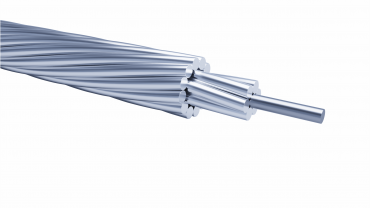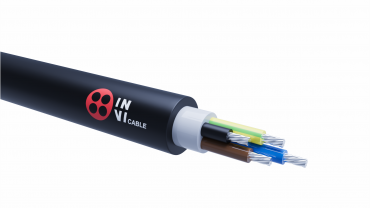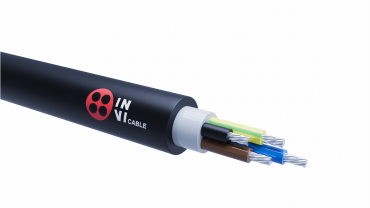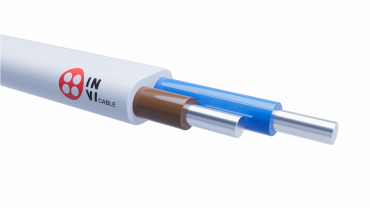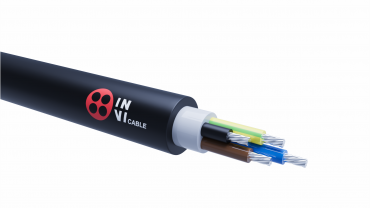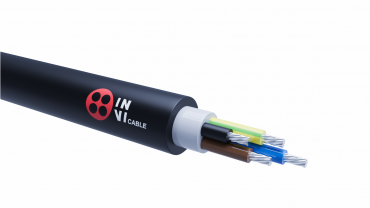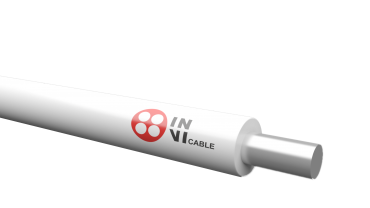Aluminum power cables
Aluminum power cable is an excellent solution for power supply in electrical systems of any scale. The cost of aluminum cable is significantly lower than copper. The global cable industry produces a wide range of cables with different characteristics and designed for use in various conditions. Based on the linear operating voltage, the power cable is divided into a cable for networks with a power of up to 1kV, a cable for networks with a power of 1kV to 10kV, and a cable for networks with a power of 10kV to 35kV. Cables designed for power above 35kV are not divided into subcategories due to the fact that their range is not very wide.
A distinctive advantage of aluminum electrical conductors is the ability to operate this type of electrical equipment in areas and structures that are most susceptible to excessive loads. An equally important factor is high resistance to corrosion, regardless of the brand of aluminum power cables. When interacting with oxygen, the metal releases a special film that protects the product from unwanted oxidative processes.
According to their purpose, the power cable is divided into power cables for stationary installation, connecting power cables, installation cables, and flexible power cables. According to the type of insulation, the power cable is divided into power cable with PVC insulation, power cables with paper insulation, and power cable with a sheath of cross-linked polyethylene.
ALUMINUM POWER CABLE WITH ISOLATED GROSS-LINKED POLYETHYLENE
Аluminum power cable with cross-linked polyethylene insulation, manufactured using peroxide technology, are designated by the index XLPE (XL - Cross-Linked, PE - PolyEthylene). This is a premium product. Cross-linked polyethylene insulation provides excellent insulating properties, reducing signal loss and interference.
The cross-linking process of polyethylene makes it a pure structure. This structure has a high ability to resist deformation even at high temperatures.
Due to the new type of material, XLPE-insulated cable gains the following advantages:
- higher carrying capacity (permissible load currents are 15-30% higher than the limit for paper-insulated cables);
- possibility to carry out laying works at temperatures down to minus 20C;
- high thermal stability current in case of short circuit;
- low weight, smaller diameter and bending radius facilitate cable laying on complicated routes in the ground and in cable constructions;
- low specific damageability;
- large construction length (up to 2 thousand meters).


